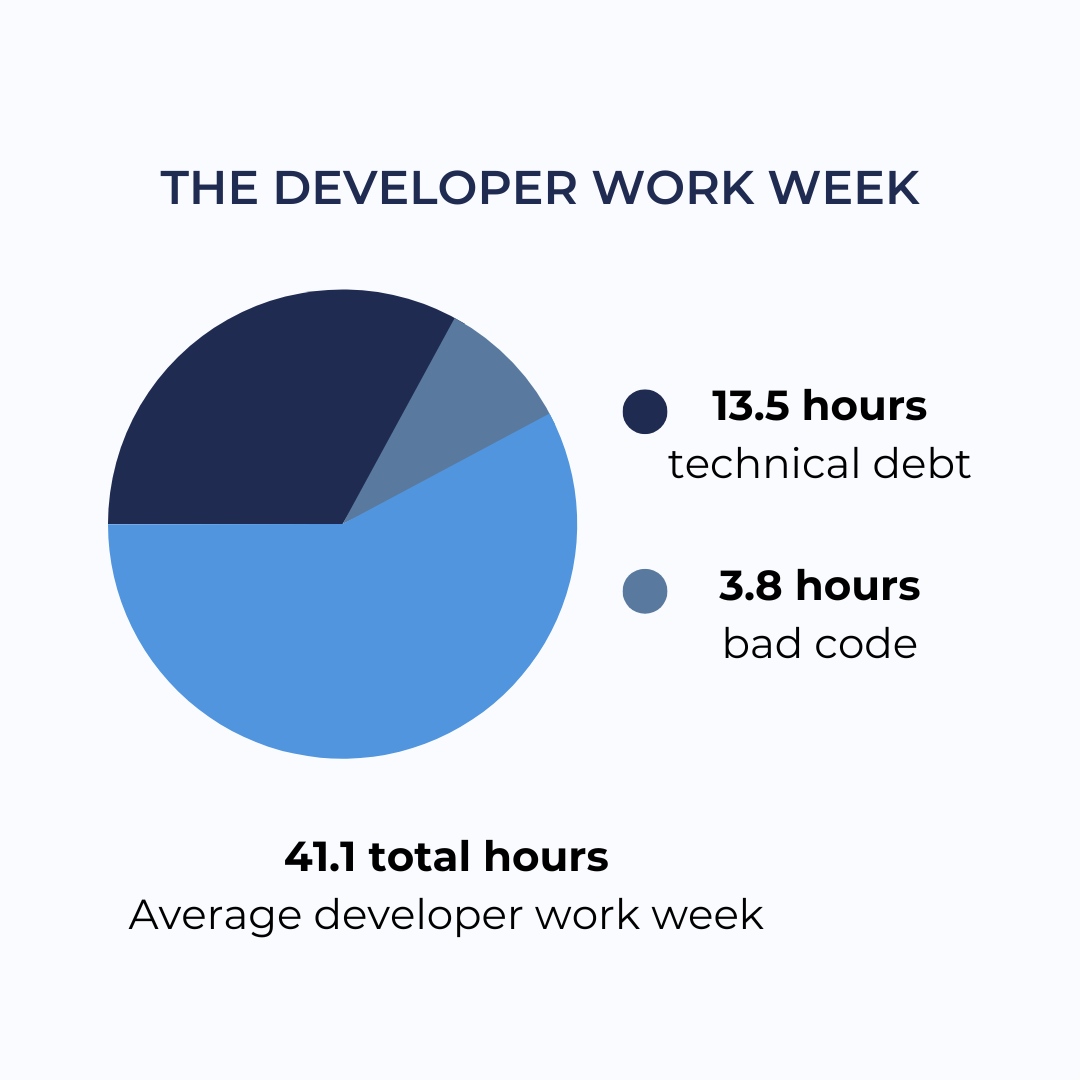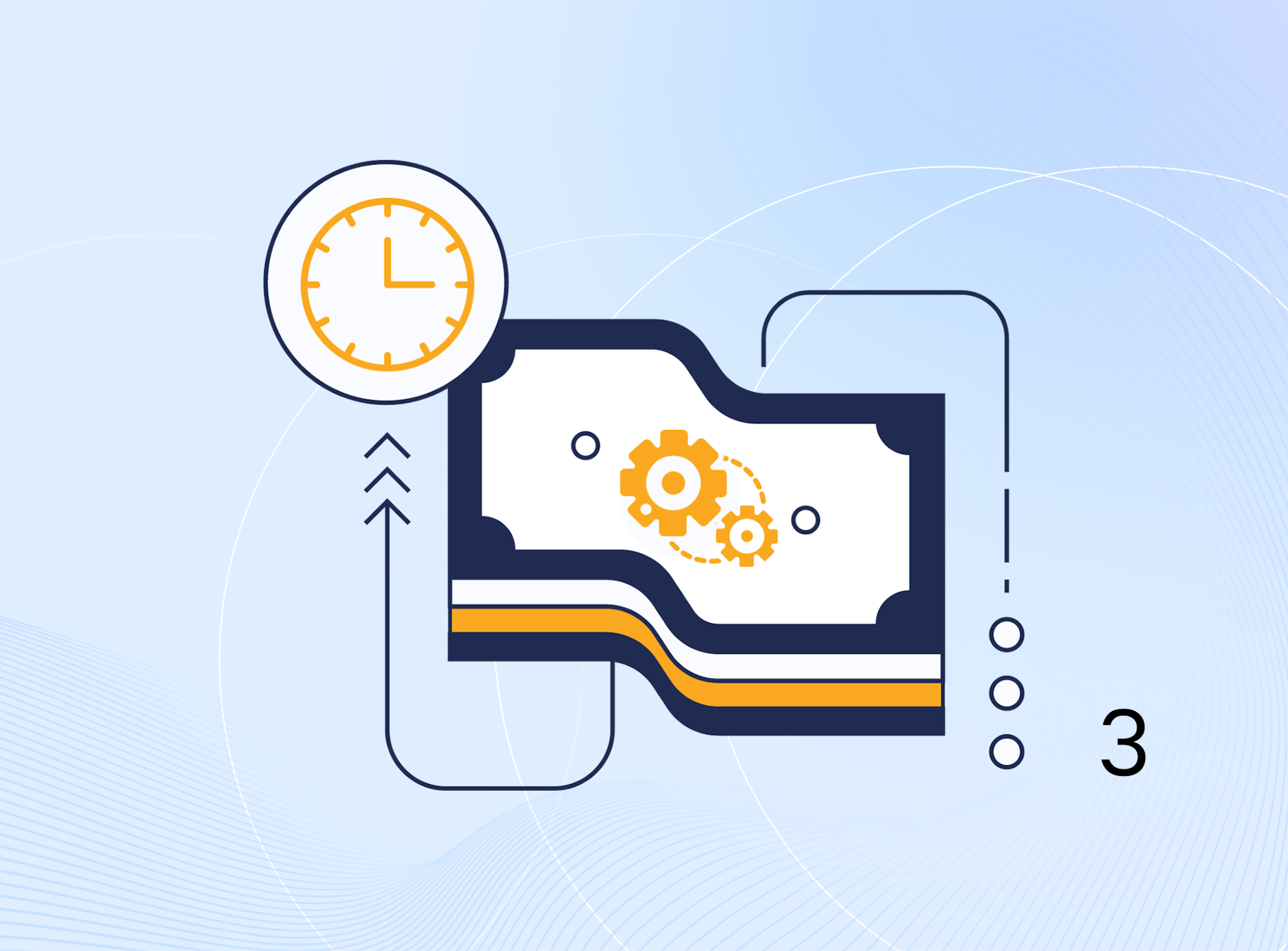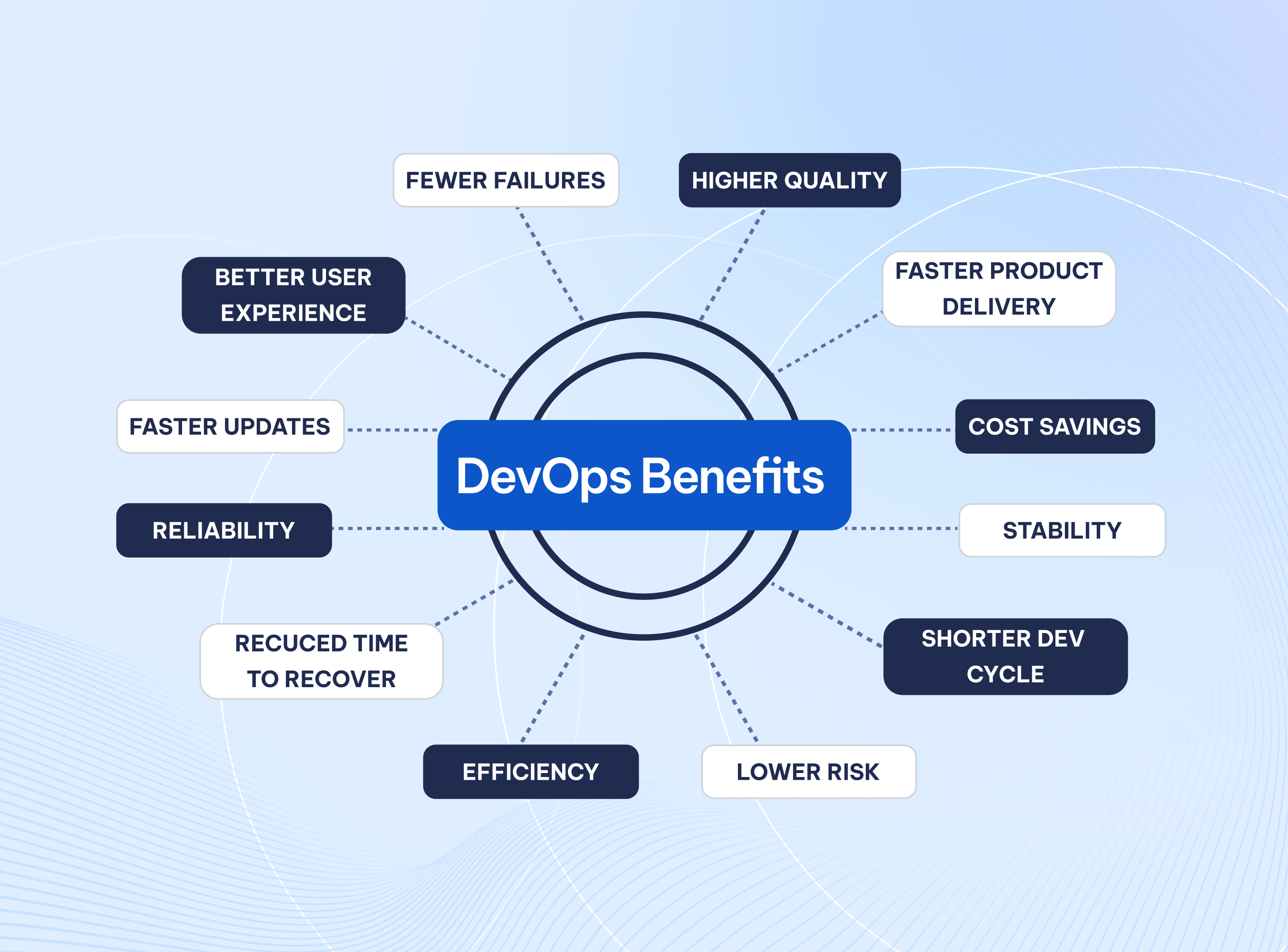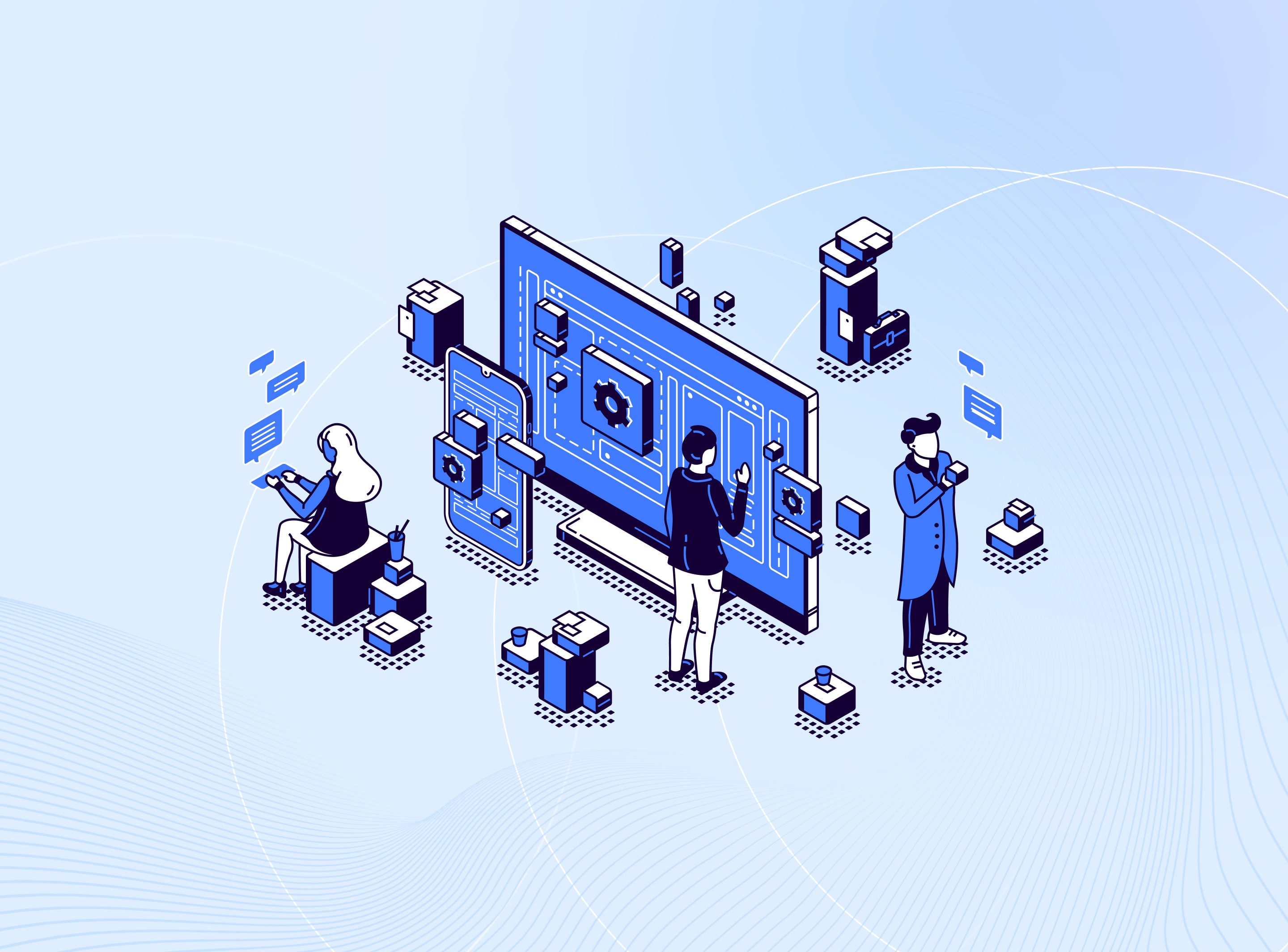How Technical Debt Impacts Your Organization
Published on Dec 28, 2023
Introduction
Most development teams sense that technical debt is slowing them down to some extent. But just how much of an impact does technical debt have on businesses overall?
The costs of technical debt
When it comes to the impact of technical debt on business, many would think immediately of lost deals, customer churn, employee churn, etc. However, technical debt costs you more than those visible, surface costs.
The “hard cost”
The more shortcuts you take in the early stages, the more vulnerabilities you create in the software system. As these debts pile up over time, the efforts required to maintain the struggling system consume those that could be used for development. The “interest” can be seen in:
1. Increased headcount
Technical debt demands more manpower solely for the maintenance of existing systems. Plus, the development time can be swallowed up with remedial work, reducing the hours your team spends improving the architecture and processes.
A Scandinavian study reveals that on average, developers waste 1.15 days of their work week due technical debt.
2. High maintenance costs
Resolving technical debt requires time, effort, and resources, which can drive up operational costs.

3. Lower system reliability and performance
Technical debt can result in more frequent system failures, security vulnerabilities, and performance issues, ultimately affecting user experience and customer satisfaction.
4. Increased risk
Unresolved technical debt can expose organizations to higher risks, such as security breaches or compliance violations.
5. Longer time to market
The development process is slowed as developers devote significant resources to addressing technical debt, increasing the time required to bring a product to the market. As a result, the company loses its competitive edge.
Gartner’s research says that companies who have a strategy for technical debt will ship 50% faster.
The “soft cost”
Beyond the measurable cash costs, soft costs have a profound impact on business results, despite being challenging to quantify. Some common consequences include:
1. Limited agility
Technical debt can make it difficult for SaaS businesses to scale their operations. As the business grows and the software becomes more complex, the technical debt can accumulate, making it harder to maintain and update tools and products.
2. Reduced productivity
The disruption to core business operations can drastically impact project implementation, pushing back deadlines and reducing capacity.

3. Lowered team morale
Troubleshooting issues means employees invest more time fixing problems and less productivity, leading to lower workforce morale.
As technical debt accumulates, businesses may find themselves caught in a debt spiral, spending a lot of resources paying down interest alone. Check out our article on the best practices to deal with technical debt.
Bottom line
As technical debt can cost your product resources and growth opportunities, it is best to map out a strategy to deal with it from the beginning.
If you are looking for ways to reduce your tech debt or prevent it from accumulating in the first place, let us give you a hand.











